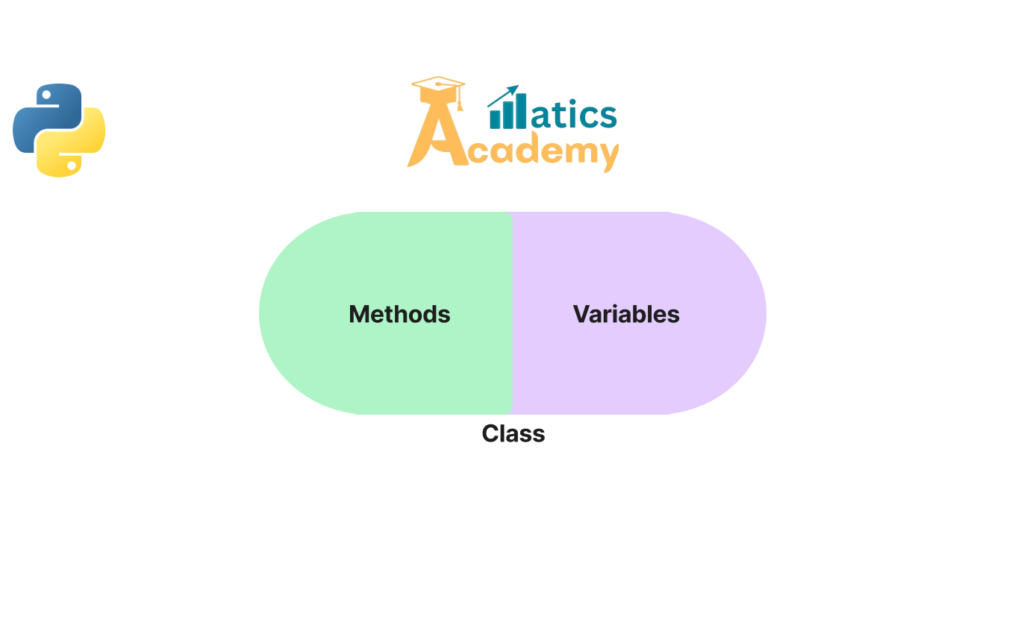Encapsulation is one of the fundamental principles of object-oriented programming (OOP). It refers to the concept of restricting direct access to certain data and methods within a class, thereby preventing unintended modifications. It promotes data security and maintains control over the integrity of an object’s state.

Why Encapsulation?
Encapsulation provides several benefits, including:
- Data Protection: It prevents unauthorized access and modification of data.
- Code Maintainability: It improves modularity and makes the code easier to manage.
- Flexibility: It allows controlled modifications through getter and setter methods.
- Improved Security: Sensitive data remains protected from accidental changes.
How Encapsulation Works
Encapsulation works by bundling the data (variables) and methods (functions) that operate on the data into a single unit, typically a class. By defining access specifiers such as public, protected, and private, developers can control how data is accessed and modified. Private attributes ensure that critical data is not directly modified, while getter and setter methods allow controlled interaction.
Implementing Encapsulation in Python
In Python, It is implemented using access specifiers:
1. Public Members
Public members are accessible from anywhere, both inside and outside the class.
class Car:
def __init__(self, brand):
self.brand = brand # Public attribute
car = Car("Toyota")
print(car.brand)2. Protected Members
Protected members are prefixed with a single underscore (_), indicating that they should not be accessed directly, although they are still accessible.
class Car:
def __init__(self, brand, model):
self._model = model # Protected attribute
car = Car("Toyota", "Camry")
print(car._model) # Can be accessed but discouraged3. Private Members
Private members are prefixed with double underscores (__), making them inaccessible from outside the class.
class Car:
def __init__(self, brand, model, price):
self.__price = price # Private attribute
car = Car("Toyota", "Camry", 30000)
# print(car.__price) # Raises an AttributeErrorAccessing Private Members
Although private members cannot be accessed directly, they can still be accessed using name mangling.
print(car._Car__price) # Accessing private variable via name mangling
Getter and Setter Methods
It enables developers to control access to data by using getter and setter methods, ensuring better security and flexibility.
lass Car:
def __init__(self, brand, model, price):
self.__price = price
def get_price(self):
return self.__price
def set_price(self, new_price):
if new_price > 0:
self.__price = new_price
else:
print("Invalid price")
car = Car("Toyota", "Camry", 30000)
print(car.get_price()) # Access price using getter
car.set_price(35000) # Modify price using setter
print(car.get_price())Advantages of Encapsulation
- It encourages modular design by grouping related data and behavior, making code more organized.
- Additionally, it enhances code readability and simplifies maintenance.
- Moreover, it improves security by restricting direct access to data, preventing unintended modifications.
Conclusion
Encapsulation in Python helps enforce data security and maintainability by controlling access to class attributes and methods. By using public, protected, and private access specifiers, as well as getter and setter methods, developers can build well-structured and secure applications.
Additional Topics:
Interview Questions:
1. What is encapsulation, and why is it important in Python?(Amazon)
Answer:
Encapsulation, a key principle of object-oriented programming, restricts direct access to an object’s data and methods to ensure controlled modifications. In Python, developers implement encapsulation using access specifiers such as public, protected (_variable), and private (__variable). This approach enhances security, prevents accidental modifications, and improves code maintainability by hiding data while exposing only essential functionality.
2. How does Python handle private variables in encapsulation? Can we access them from outside the class?(Microsoft)
Answer:
In Python, developers define private variables using a double underscore (__variable), which prevents direct access from outside the class. However, name mangling allows access by internally renaming the variable to _ClassName__variable. Although this workaround exists, it is discouraged since it violates encapsulation principles.
3. What is the difference between encapsulation and abstraction?(Google)
Answer:
Encapsulation hides an object’s internal state and restricts access to it, whereas abstraction conceals implementation details while revealing only essential functionalities. Developers achieve it using private and protected variables, while they implement abstraction through abstract classes and interfaces.
Remember What You Learn!
Question
Your answer:
Correct answer:
Your Answers
